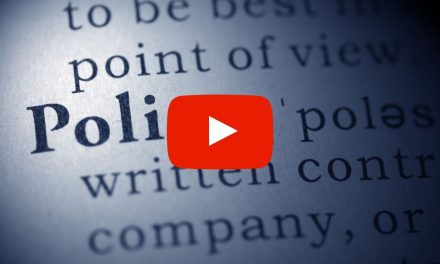
Don’t Forget to Perform Employee Exclusion Checks
Regularly check employees with patient care, billing, or financial roles against exclusion lists to ensure compliance and avoid fines. Use the provided links for efficient monthly checks. Watch the video to learn more!
Referenced Links:
A Simple Check That Can Save Thousands and Prevent Sanctions
There are three places where employees should be checked:
OIG Exclusion Database (Medicare specific) – Simply key in the first and last name of your employee(s) and click search. If more than one name is returned, you can click the “Verify” link on the right to verify the person excluded is your employee.
System for Award Management (SAM) (Other Federal Programs) – This ensures that the employee does not have exclusions from other programs that would impact his/her status. These results are more detailed than the Office of Inspector General list, which would help ensure you are identifying the appropriate individual.
Illinois HFS Provider Sanction Search (Illinois Medicaid) – Start by entering the last name in the search field. If too many names appear, you can either review the multiple entries (see pages also) or include the first name following the last name in the search field.
Transcript:
Do you realize that the federal government and most of your PPO contracts require that you do exclusion list checks on most, if not all of your employees? So who does this include, and who do you have to do this, and we’ll talk about how often and why what the penalties are. But first, who this would be anybody who has direct patient care contact, this would be anybody who handles any type of money or billing related to your patients and patient care. So this would be licensed health care providers who are performing services, diagnosing whatever the case might be, and those who are unlicensed to which you delegate tasks. All of those employees must go through the exclusion list check. Additionally, you want to make sure that anybody is handling any kind of billing or collection, and that includes patient collection. So when a patient’s checking out of your office, and they’re handing a credit card, that would also include the person who’s doing that check out, it would include somebody who’s sending the patient, a paper bill, all of those employees, which typically is going to be all of your employees have to go through this exclusion list check.
Now, at the ICS, we just recommend you check all of your employees to ensure simply because of the risks that are associated with employing someone who is on the exclusion lists. Now, what lists are these? This is one of the big questions – there are three for us in Illinois that matter. The first is OIG, which really covers the Medicare exclusions, this is the SAM, which is a part of the larger government program and funding and selection process, you want to make sure that you also check that one that one’s a bit more detailed, and can help you identify so if you have a common name person that you’re not sure on the Medicare or the OIG exclusion lists, you can actually do some further digging using the SAM exclusion list. And then also Illinois Medicaid, you need to check all three and you’re gonna Why don’t have any Medicaid patients, you still want to verify that you do not employ someone who is on the exclusion list for Illinois Medicaid, because of the nuances associated with those federal payments. And as they impact even some of the health insurance exchange federally subsidized plans, and you may have people in that looked like they have private insurance. Additionally, because your PPO contracts typically do have that requirement. So these exclusion list checks are actually incredibly important. So we’ve covered who and what they are, and the why because you really need to get it done.
Why else? I mean, there are penalties associated, and the way it works is from a federal government standpoint, it’s $10,000 per service. So if they’re involved in the services, or they’re involved in the billing of the services, they’re able to actually fine and penalize up to $10,000 per service, along with recoupment of up to triple what the government pays you for those services. So that is really critically important. How often does this really happen? Well, there’s actually when we did our study, a couple of years ago, there were 74,000 individuals listed on the OIG exclusion list. And approximately 1800 of those actually had some level of affiliation with a chiropractic physician’s office. And so how prevalent is it? Well, 1800 across the United States may not sound like a lot until you employ one of them. And especially when the check doesn’t take that long, we encourage you to do it. I’ll include some links down below one to an article that gives a further explanation on exactly what to do. And three more that are actually direct links to be able to check and verify and go through those exclusion checks for the OIG, for the SAM database, and also for HFS or the Medicaid program here in Illinois. All of those links will be included down below. This is something you do want to do regularly. You want to do it monthly if at all humanly possible but don’t lag and don’t think well, I you know all my employees have been working for me for two years. Well, because the system is so slow. You may want to just double-check your employees on a regular basis. Just make it a part of your routine. Hopefully this helps you out. We’ll catch you next week.


















